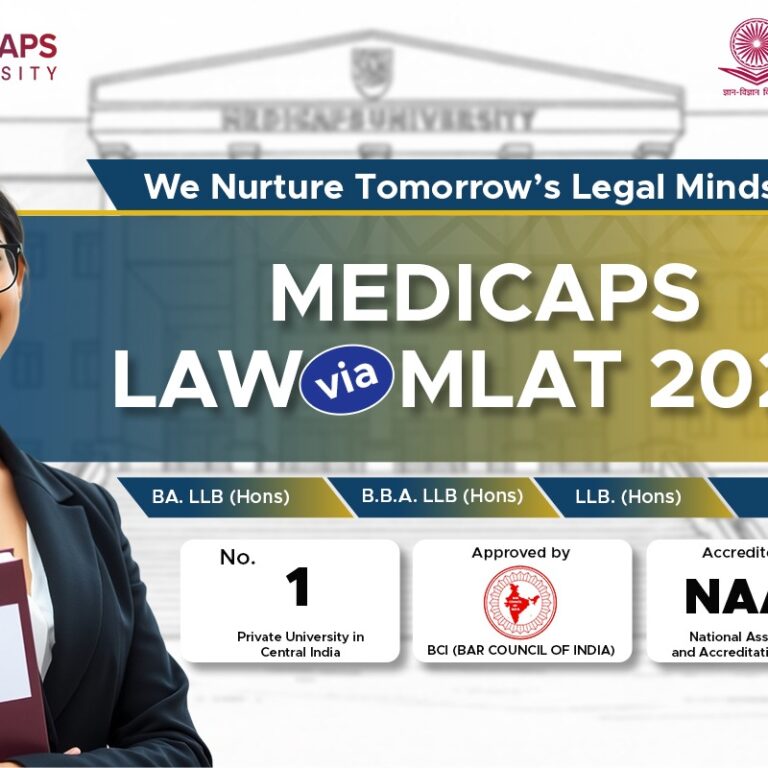How can I quickly identify key information in passages?

Quickly identifying key information in passages is crucial for effective reading comprehension and time management, especially during exams like CLAT. Here are some practical strategies to help you quickly pinpoint important details in any passage:
1. Read the Questions First
Before you read the passage, glance at the questions. This helps you understand what information you need to find. For instance, if a question asks for the main idea or a specific argument, you can focus on finding these while reading, which saves time.
2. Focus on the Introduction and Conclusion
The main idea or argument is often presented in the introduction or conclusion. Start by reading these sections carefully to capture the central theme or purpose. This will help you understand the passage’s overall direction and answer questions about its main points.
3. Look for Keywords and Transition Words
Keywords and transitions like however, therefore, in addition, or on the other hand signal important information, shifts in argument, or the author’s emphasis. Paying attention to these words helps you locate key points, contrasting ideas, or conclusions.
4. Identify Topic Sentences in Each Paragraph
In most paragraphs, the first sentence often introduces the main idea, while the rest of the paragraph provides details or examples. By focusing on topic sentences, you can quickly capture the essence of each paragraph without getting lost in details.
5. Highlight Names, Dates, and Definitions
In passages that involve facts or events, names, dates, and definitions are typically key pieces of information. Mark these details in your mind (or underline if allowed) as they often form the basis of specific questions.
6. Summarise Each Paragraph in Your Mind
After reading each paragraph, take a few seconds to mentally summarise it in one sentence. This technique helps you retain the main point of each section and quickly locate information if needed.
7. Identify Arguments and Supporting Evidence
For argumentative passages, focus on the main argument and supporting evidence. Typically, the author’s main argument is followed by examples or reasoning that back it up. Recognising this structure will make it easier to answer questions about the author’s stance or the strength of their argument.
8. Practice with Timed Exercises
The more you practice with timed passages, the easier it will become to spot key information quickly. Try to read with focus, using these techniques, so you can apply them naturally during the exam.
In Summary
- Read questions first to know what to find.
- Start with introductions and conclusions for the main idea.
- Focus on keywords and transitions for important points.
- Pay attention to topic sentences in each paragraph.
- Highlight names, dates, and definitions for quick reference.
- Mentally summarise each paragraph.
These techniques will help you navigate passages efficiently and confidently, allowing you to answer questions more accurately within the time limit.
Calling all law aspirants!
Are you exhausted from constantly searching for study materials and question banks? Worry not!
With over 15,000 students already engaged, you definitely don't want to be left out.
Become a member of the most vibrant law aspirants community out there!
It’s FREE! Hurry!
Join our WhatsApp Groups (Click Here) and Telegram Channel (Click Here) today, and receive instant notifications.





